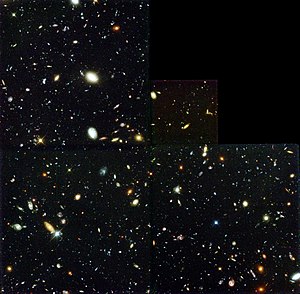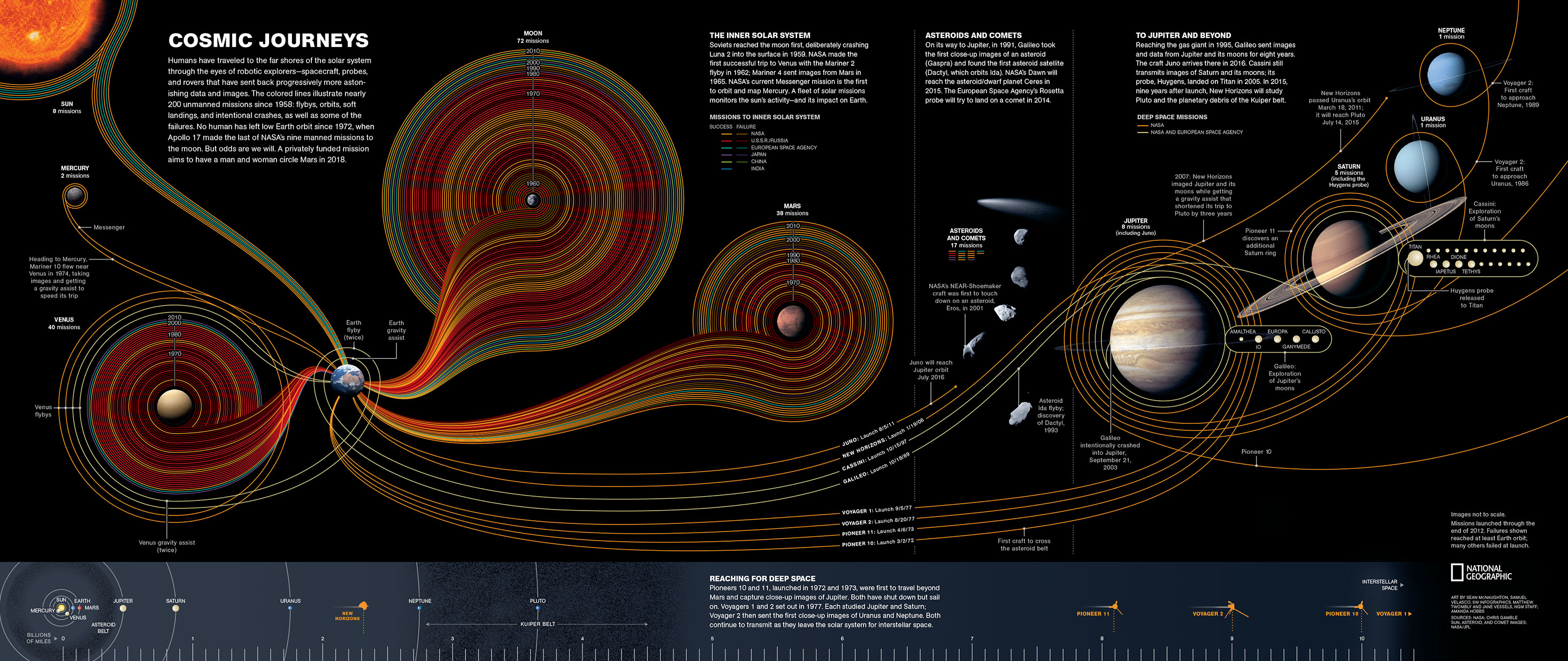WD Astronomy
Wednesday, May 21, 2014
Last Assignment and Evaluation
Tell me about the journey of Voyager 1 by creating a timeline of what you think are the highlights. Also tell me your ideas about broadcasting our location to the Universe (see the Golden Record for more details) This should be a hand-drawn poster using the colored paper from by the print shop. Work with one partner.
Points:
Timeline 10 points
Quality of information 10 points
Visual appeal: 5 points
Resource list: 5 points (on back of poster)
Please complete this.
Evaluation
Thursday, May 15, 2014
Monday, May 12, 2014
Take Home Test
You must answer at least two questions from each unit, and a total of 14 questions. You may type if you wish, but this assignment is due tomorrow as a paper handout. Work must be in your own words or labeled pictures. If you are caught plagiarizing verbatim from a source, you will receive a ZERO. .
UNIT 1
1. Comment on the evolution of astrology to astronomy over the past 2000 years, using evidence from at least three astronomers.
2. Explain the significance of the Zodiac, the 88 accepted constellations, and the polar stars to helping us in understanding of Earth's place in the universe
3. What is the connection between the Ecliptic , the sun, and the seasons?
UNIT 2
4. Why are the phases of the moon a type of time clock? Give three examples of how this could benefit you in the wilderness if the moon wasn't new and wasn't full.
5. Why bother to study other planets magnetic fields, composition, and atmosphere in our solar system and beyond?
6. How does our Sun function and create energy for us to live? What ramifications does that have for Earth and for the development of elements?
UNIT 3
7. Why is Galileo's telescope and discoveries using it (the moon, the sun, and the moons of Jupiter) such a turning point for science, and what did he find with each discovery?
8. What have large space telescopes (Chandra, Spitzer, Hubble, SOHO, GOES) told us, and what should be done about such telescopes in the future?
9. What is the role of ground-based telescopes like SDSS and VLAO in the study of space?
UNIT 4
10. Tell me about galaxies, various types, and how Cobe microwave signatures helped us to understand them OR tell me the significance of Hubble Deep Space and why it took so long.
11. What is the role of mass in the life cycles of stars and how does that connect to the HR diagram? Contrast at least two stars in your answer as evidence.
12. How did we use 21-cm radio hydgrogen signals to help determine the shape of our galaxy?
UNIT 5
13. How does the concept of spectral lines and red-shifting affectour understanding of planets, galaxies, and the universe as a whole? Edwin Hubble must be included in your answer.
14. What is the likelihood of discovering alien life, based on our research towards finding new planets, our understanding of the Drake equation, and the interstellar missions we have undertaken?
15. Think of the contributions of Einstein: E=mc^2, general relativity, special relativity, and the photoelectric effect, and suggest ways each has affect the study of astronomy.
UNIT 6
16. Space is honking big. So is the ability of human beings to understand it. What critical thinking skills have you gained in this class to help you move forward in your future studies? List three pieces of evidence to support this idea.
17. Throughout this class, we have experienced the concept of science as a human endeavor, where fallible people do their best to help advance the cause of science, often with surprising benefits. Skeptics still remain, and a manufactured conflict between some factions in religion and science remains. What can you do about that as you move into your life as a literate science citizen?
18. Explain your understanding of the Big Bang, gravity waves, the microwave signature found by Wilson and Penzias, and why we live around a second or third generation star, based on the evidence we have studied.
Friday, May 9, 2014
Is There Life out There?
http://www.esa.int/Our_Activities/Space_Science/How_to_find_an_extrasolar_planet
http://www.planethunters.org/
http://www.universetoday.com/104227/how-do-astronomers-find-other-planets/
http://www.latimes.com/science/sciencenow/la-sci-sn-kepler-186f-earth-sized-like-habitable-zone-planet-20140417-story.html
http://time.com/77651/csi-nasa-using-old-space-images-to-find-new-planets/
http://www.space.com/23737-alien-life-signs-dying-planets.html
http://www.space.com/15105-find-earth-planets-mission-plans-video.html
http://earthsky.org/astronomy-essentials/visible-planets-tonight-mars-jupiter-venus-saturn-mercury
http://www.space.com/16681-alien-planets-quiz.html
http://www.pbs.org/wgbh/nova/aliens/images/klass.mov
http://www.pbs.org/wgbh/nova/space/aliens-milky-way.html
Hand in a haiku, limerick, acrostic, and couplet for the concept of extrasolar planets.
Then, decide whether or not you (personally) believe aliens exist and be able to participate in a group discussion
http://www.planethunters.org/
http://www.universetoday.com/104227/how-do-astronomers-find-other-planets/
http://www.latimes.com/science/sciencenow/la-sci-sn-kepler-186f-earth-sized-like-habitable-zone-planet-20140417-story.html
http://time.com/77651/csi-nasa-using-old-space-images-to-find-new-planets/
http://www.space.com/23737-alien-life-signs-dying-planets.html
http://www.space.com/15105-find-earth-planets-mission-plans-video.html
http://earthsky.org/astronomy-essentials/visible-planets-tonight-mars-jupiter-venus-saturn-mercury
http://www.space.com/16681-alien-planets-quiz.html
http://www.pbs.org/wgbh/nova/aliens/images/klass.mov
http://www.pbs.org/wgbh/nova/space/aliens-milky-way.html
Hand in a haiku, limerick, acrostic, and couplet for the concept of extrasolar planets.
Then, decide whether or not you (personally) believe aliens exist and be able to participate in a group discussion
Thursday, May 8, 2014
Thursday
What is the Big Bang?
What is a wormhole?
What is the brane/m-brane/multiverse?
What evidence do we have for String Theory?
What are gravitational waves?
Is the Drake equation real or malarkey
==========
https://www.youtube.com/watch?v=kYAdwS5MFjQ
https://www.youtube.com/watch?v=VxzxI5sCXfk
http://www.seti.org/drakeequation
http://www.pbs.org/wgbh/nova/physics/elegant-universe.html#elegant-universe-dimensions (10 minutes to 35 minutes)
https://www.youtube.com/watch?v=6AnLznzIjSE
What is a wormhole?
What is the brane/m-brane/multiverse?
What evidence do we have for String Theory?
What are gravitational waves?
Is the Drake equation real or malarkey
==========
https://www.youtube.com/watch?v=kYAdwS5MFjQ
https://www.youtube.com/watch?v=VxzxI5sCXfk
http://www.seti.org/drakeequation
http://www.pbs.org/wgbh/nova/physics/elegant-universe.html#elegant-universe-dimensions (10 minutes to 35 minutes)
https://www.youtube.com/watch?v=6AnLznzIjSE
Wednesday, May 7, 2014
Hands-on galaxy
Today, you will turn those turntables into a galaxy of choice. It must include the following
http://chandra.harvard.edu/xray_sources/stellar_evolution.html
Understanding 21-cm Lines
Now that you have your turntable, let's stop and think.
You are in a car on a snowy night. The heater and radio are running as you put it in gear and pull out of the parking lot. You travel down the street and turn to head home. Suddenly, a gust of violent wind makes a temporary whiteout, and you have to cope. Suddenly, your cell phone rings.
What wavelengths of light are affecting you at this moment?
====
Einstein quiz
http://www.astrophysicsspectator.com/topics/generalrelativity/GravitationalLensPointSim.html
http://en.wikipedia.org/wiki/Einstein_ring.
- a black hole
- a dust cloud/nebula
- stars that include the O B A F G K M L classification
- a Cepheid variable
- a globular cluster
- a solar system
- some dark matter
- halo stars
- gravitational lens
Along with this you will need to include a series of two post-it note explanations for each component of the galaxy. Post its are on the table. The first note should an explanation of the component, and the second note should provide some idea of why I should be interested in the piece at all?
There are sooooooooooo many links out there to research these pieces that I've only provided a few. Consider the source---in this case, Wikipedia does very little to inspire interest, even though it does tell you something about the pieces
http://chandra.harvard.edu/xray_sources/stellar_evolution.html
Understanding 21-cm Lines
Now that you have your turntable, let's stop and think.
You are in a car on a snowy night. The heater and radio are running as you put it in gear and pull out of the parking lot. You travel down the street and turn to head home. Suddenly, a gust of violent wind makes a temporary whiteout, and you have to cope. Suddenly, your cell phone rings.
What wavelengths of light are affecting you at this moment?
====
Einstein quiz
http://www.astrophysicsspectator.com/topics/generalrelativity/GravitationalLensPointSim.html
http://en.wikipedia.org/wiki/Einstein_ring.
Tuesday, May 6, 2014
The Universe
Go to the Hubble Galaxy Hunt activity. Take the time you need to explore, but when you are done, I need you to write a 3-4 paragraph reflection on your impressions, including data, statistics, and size factors.

What Hubble Deep Field Tells Us
You must find out about each of these:
1. What is HDF-N?
2. What is Deep?
3. Stare and Compare
4. Sample Size
We'll be looking a series of 6 links during the first part of class. On each one, you need to read and click on the links provided: Summarize using the white boards. You have until 1:55.
Early Models of the Universe
The Cosmological Principle
You are NOT the Center of the Universe
The Timeline
What's Microwave Got to Do with it?
Understanding the role of Cobe
==============================
Discussion
==============================
===================
Discussion
===================
http://www.pbs.org/wgbh/nova/physics/dark-matter.html
Early Models of the Universe
The Cosmological Principle
You are NOT the Center of the Universe
The Timeline
What's Microwave Got to Do with it?
Understanding the role of Cobe
==============================
Discussion
==============================
===================
Discussion
===================
http://www.pbs.org/wgbh/nova/physics/dark-matter.html
Subscribe to:
Posts (Atom)

